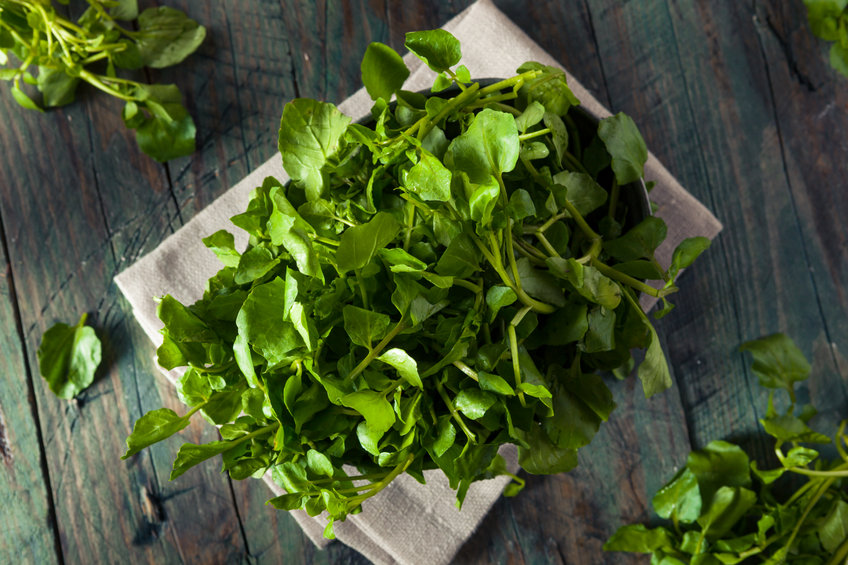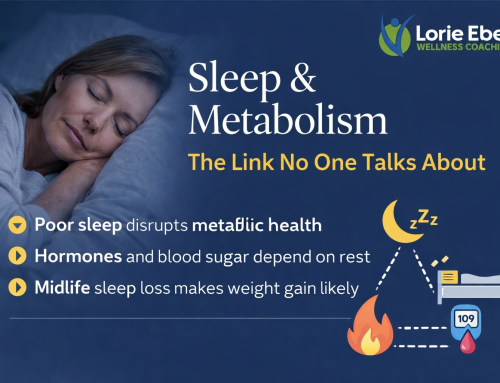What are the healthiest vegetables? The CDC names “powerhouse fruits and vegetables” to slash your risk of cancer, diabetes, heart disease.
We all know that fresh produce like fruits and vegetables is the cornerstone of a healthy diet, but have you ever wondered which vegetables truly pack the biggest nutritional punch? From salads bursting with leafy greens to colorful roasted veggies, there’s no shortage of options.
But now, the Centers for Disease Control and Prevention (CDC) has officially weighed in with a list of the healthiest vegetables. The recently published study reveals which veggies reign supreme when it comes to nutrient density.
How were the healthiest vegetables determined?
• To rank the fruits and vegetables, the CDC researchers used raw nutrient data, meaning the fruits and vegetables were analyzed in their uncooked form.
• This method ensured that nutrient loss during cooking was not a factor, though it’s important to note that cooking methods can affect the nutrient content of many vegetables.
• The researchers set a threshold to determine what would qualify as a “powerhouse” fruit or vegetable, requiring foods to meet or exceed a score of 10 on their nutrient density scale.
• Nutrient density refers to the concentration of vitamins, minerals and other beneficial compounds in a food.
• While there isn’t a clear definition of powerhouse fruits and vegetables (PFV), the study identified them as the foods “strongly associated with reduced chronic disease risk, [which include] green leafy, yellow/orange, citrus and cruciferous.”
• The CDC study focused on 17 key nutrients, including fiber, potassium, iron and vitamins A, C, D, E, and K. PFVs are foods that score high in these nutrients, providing more health benefits per calorie.
• 47 fruits and vegetables were ranked and given a score based on how well they provided these nutrients per calorie consumed.
What are the healthiest vegetables?
Among the findings, watercress came out on top with a perfect nutrient density score of 100. Following closely behind were other leafy greens such as Chinese cabbage, chard, beet greens and spinach.
These vegetables earned their place by being rich in essential vitamins and minerals while remaining low in calories. The top 10 vegetables, which are all classified as “powerhouse vegetables,” include:
• Watercress (100.00)
• Chinese cabbage (91.99)
• Chard (89.27)
• Beet greens (87.08)
• Spinach (86.43)
• Chicory (73.36)
• Leaf lettuce (70.73)
• Parsley (65.59)
• Romaine lettuce (63.48)
• Collard greens (62.49)
Notably, only six items tested did not meet the criteria to be labeled as PFV, including raspberries, tangerines, cranberries, onions, garlic and blueberries. But that doesn’t mean that those foods aren’t also very healthy for you!
What makes these vegetables so healthy?
Once we determine what are the healthiest vegetables, we want to examine them. The vegetables that topped the CDC’s rankings share common traits that contribute to their high nutrient density.
Most are dark leafy greens, which are packed with vitamins A, C and K, along with fiber, iron and antioxidants. These nutrients are vital for various bodily functions, from improving immune health to maintaining strong bones and promoting heart health.
Fiber, in particular, helps regulate digestion and can prevent certain chronic conditions like diabetes and cardiovascular disease. Antioxidants found in many of these vegetables, such as spinach and beet greens, help neutralize free radicals in the body, reducing inflammation and potentially lowering the risk of cancer.
More on the healthiest vegetable: Watercress
Watercress is a leafy green aquatic plant that belongs to the same family as cabbage and broccoli. It is native to Europe and Asia, where it has been consumed for centuries due to its nutritional and medicinal properties.
Known for its peppery, slightly spicy flavor, watercress’ nutritional benefits make it a great food for boosting the immune system, supporting bone health and promoting healthy skin. The plant’s high levels of antioxidants help combat oxidative stress, which can reduce the risk of chronic diseases like cancer and heart disease.
Watercress can be easily incorporated into meals by adding it to salads, sandwiches or soups. Its delicate leaves and peppery bite make it an excellent garnish or a nutritious addition to smoothies and stir-fries.
Click here to read more about what are the healthiest vegetables.






